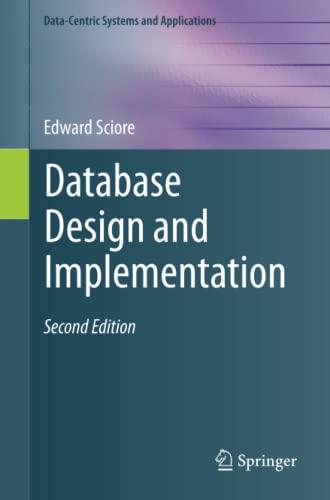Question
1. Let A and B be two languages. Assume that we know that A is polynomial- time reducible to B. Which of the following can
1. Let A and B be two languages. Assume that we know that A is polynomial- time reducible to B. Which of the following can we conclude from this? (Circle all that apply.) Explain your answers with one or two sentences.
(a) If B is NP-complete, then so is A.
(b) If A is NP-complete, then so is B.
(c) If B is NP-complete and A NP, then A is NP-complete.
(d) If A is NP-complete and B NP, then B is NP-complete.
(e) A and B can't both be NP-complete.
(f) If A P, then B P.
(g) If B P, then A P.
2. The Factoring Language is dened to be {
It is common knowledge that if you can determine an algorithm that efficiently determines string membership in the Factoring Language, then you can break common cryptography systems like RSA. Explain why the Factoring Problem is in NP.
Step by Step Solution
There are 3 Steps involved in it
Step: 1

Get Instant Access to Expert-Tailored Solutions
See step-by-step solutions with expert insights and AI powered tools for academic success
Step: 2

Step: 3

Ace Your Homework with AI
Get the answers you need in no time with our AI-driven, step-by-step assistance
Get Started


